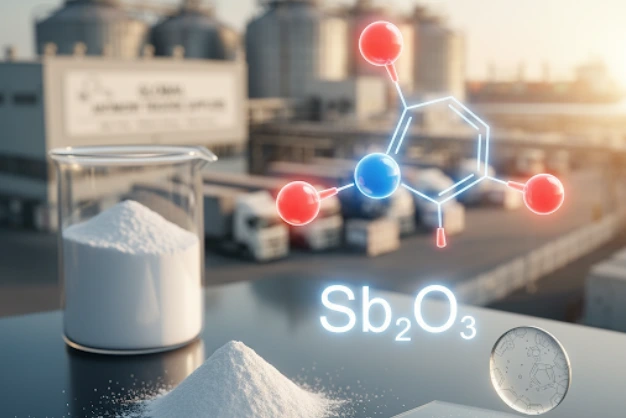What is Hydrofluoric Acid?
Hydrofluoric Acid Properties
Hydrofluoric Acid Chemical Formula
Hydrofluoric Acid Density
Hydrofluoric Acid with Water
Where is Hydrofluoric Acid Found?
Where to Get Hydrofluoric Acid
Conclusion
FAQs about Hydrofluoric Acid
What are the primary uses of hydrofluoric acid?
Hydrofluoric acid is used in various industries for glass etching, metal cleaning, semiconductor manufacturing, and producing fluorine-containing compounds like Teflon and refrigerants. It also plays a role in petroleum refining.
How should hydrofluoric acid be handled safely?
Handling HF requires proper personal protective equipment (PPE), including gloves, goggles, and protective clothing. Work in well-ventilated areas and have emergency washing stations available. Training on HF’s hazards and safe handling procedures is crucial.
What are the health risks associated with hydrofluoric acid exposure?
HF exposure can cause severe chemical burns, deep tissue damage, and systemic toxicity by binding to calcium in the body. Immediate medical attention is necessary for HF exposure, and calcium gluconate gel is often used as a first-aid treatment.
How is hydrofluoric acid stored safely?
HF should be stored in containers made of materials resistant to corrosion, such as polyethylene or Teflon. Storage areas must be well-ventilated, away from incompatible substances, and equipped with safety measures to handle spills or leaks.
Where can I purchase hydrofluoric acid for industrial use?
You can purchase hydrofluoric acid from reputable suppliers like Rawsource, which provides high-quality chemicals for various industrial applications and ensures compliance with safety and quality standards.





